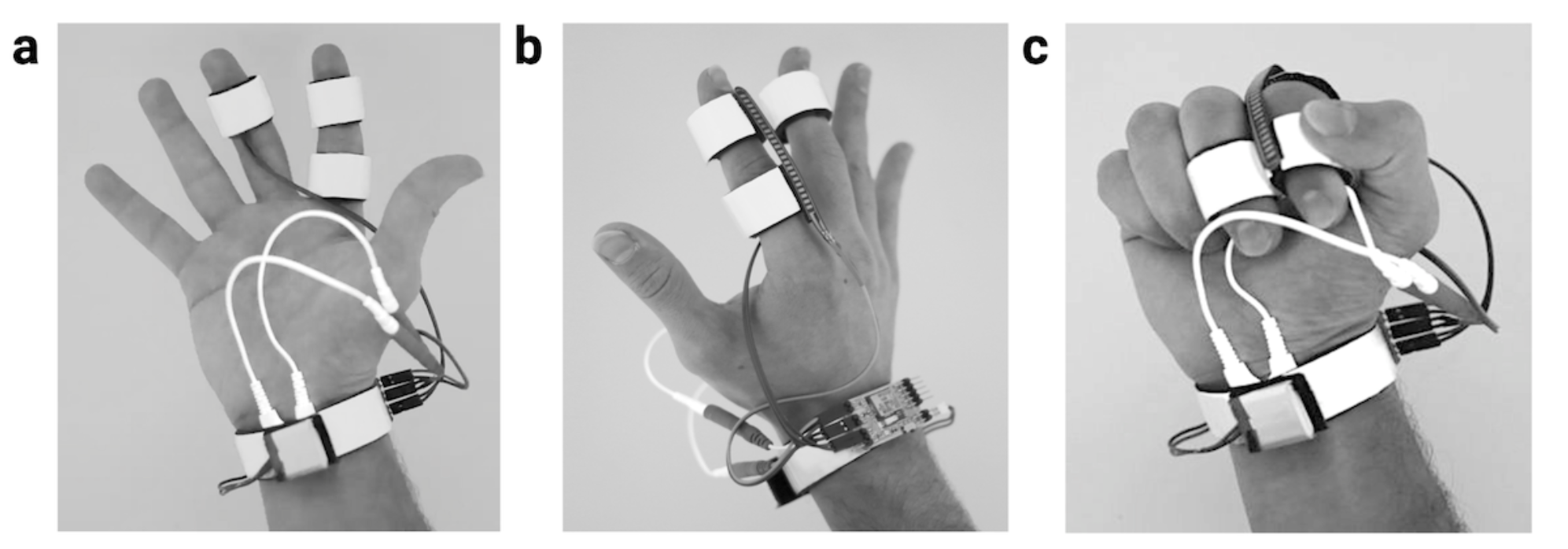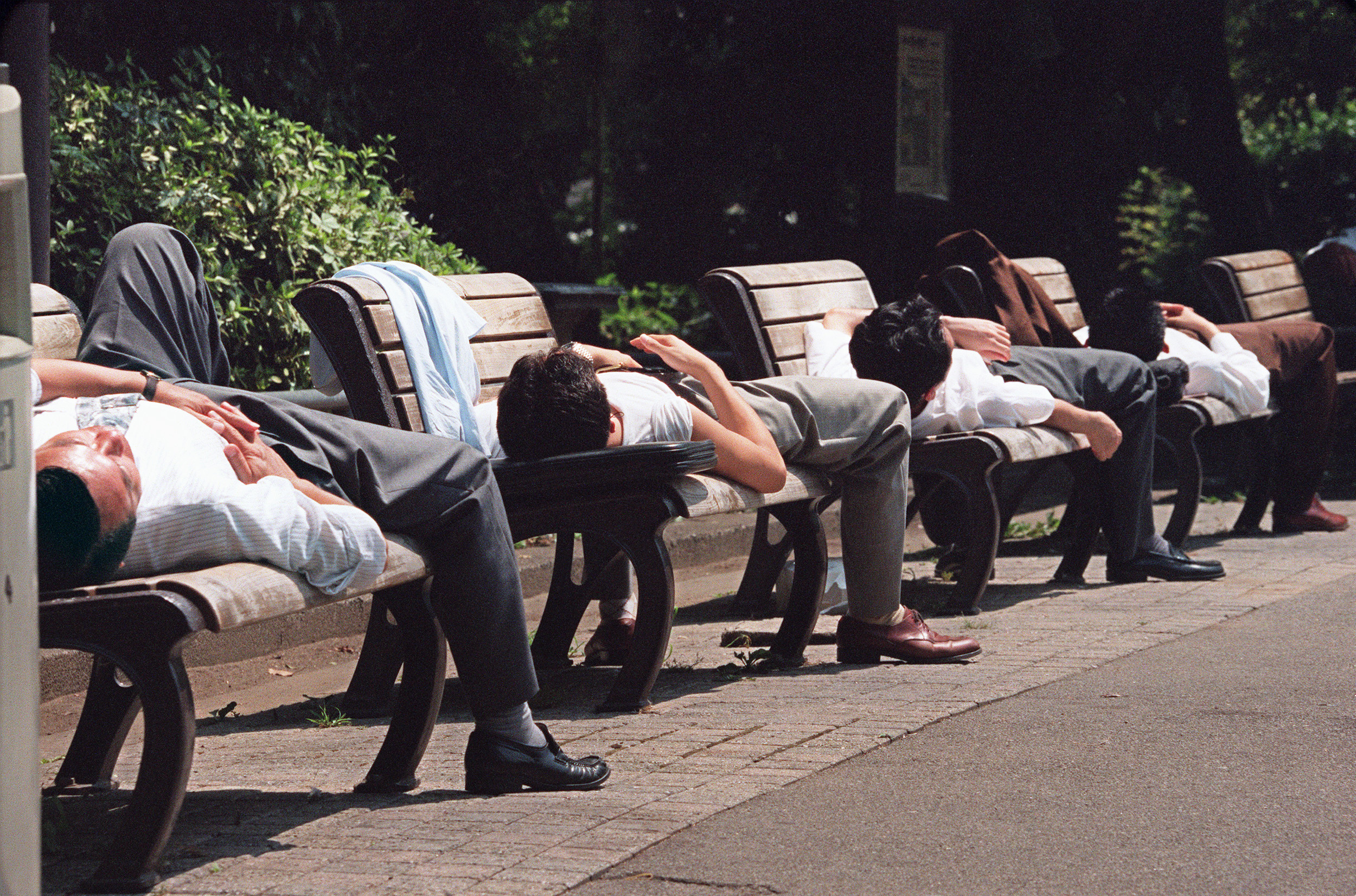The N1 sleep stage: How the first 10 minutes of sleep can unlock your creative potential

- According to prior research, the first ten minutes of sleep, called N1, can provide a creative boost when it comes to solving problems. When in N1, we are still slightly awake, yet the mind is less restrained and we can have vivid dreams.
- A new study finds that incubating dreams with a specific topic can make us more creative about that topic.
- The findings certainly suggest that “sleeping on” a problem, especially if that sleep is in the form of a brief N1 nap, can be helpful in figuring out a solution.
There is a stage of sleep where we still have a toe in the waking world — remaining able to take in outside information. Yet at the same time, the mind is unleashed and our thoughts flow more freely. Sadly, non-rapid eye movement sleep stage 1 (N1 for short) lasts a brief ten minutes as we drift off to unconsciousness, and all of the imaginative thoughts and vivid dreams that we encounter during its fleeting moments are often forgotten by morning. That’s a pity, considering that a study published in 2021 found that subjects who spent at least 15 seconds in N1 and then awakened during it or shortly thereafter enjoyed a burst of creative problem-solving power that made them more adept at figuring out tedious math problems.
Presciently aware of N1’s creativity-boosting properties more than a century ago, legendary American inventor Thomas Edison would reportedly doze off with a heavy object in hand so that when he truly started falling asleep he would drop the object and awaken from the clamor. He would then quickly recall and record any insights attained during his brief repose.
In a paper published in the journal Scientific Reports on May 15, researchers from the MIT Media Lab and the Center for Sleep and Cognition at Beth Israel Deaconess Medical Center in Boston detailed a more refined method of harnessing N1’s creative bump.
N1 and creativity
Lead authors Adam Haar Horowitz and Kathleen Esfahany invited 50 healthy participants into the lab. They had all subjects wear a futuristic glove-like device, called Dormio, that takes physiological measurements to determine when wearers transition to sleep stage N1 and then into the next stage, N2. The glove can also deliver audio messages to users and record their voices.

In the lab, some of the participants were instructed to fall asleep and others to stay awake. For the sleepers, Dormio would wake them up after being in N1 for no more than five minutes, then instruct them to briefly detail their dream experience and go back to sleep. The process would then repeat. For non-sleepers, Dormio would simply ask them to record their thoughts every eight to 12 minutes.
The researchers also included another key component in the protocol: Dormio would “incubate” some of the sleepers’ dreams by asking them to think of a tree as they drifted off to sleep. Prior research hinted that implanting ideas in people’s dreams could boost their creativity, at least pertaining to that specific idea.
The incubation worked. All of the subjects instructed by Dormio to think of trees did so in their dreams. One participant reported seeing “trees, many different kinds, pines, oaks,” in a dream, while another described “trees splitting into infinite pieces.”
After the protocol, which lasted 45 minutes total, each subject took three distinct tests of creativity: one in which they were instructed to write a creative story including the word “tree,” another in which they were given three minutes to “list all the creative, alternative uses you can think of for a tree,” and a third where they were shown a list of 31 nouns and instructed to write the first verb that came to mind for each. Subjects’ creativity was assessed by an independent team of raters blinded to the study’s purpose.
Reviewing the results, the researchers found that the subjects who took N1 naps greatly outperformed the non-sleeping subjects in the tests of creativity. The subjects who had their dreams incubated by Dormio led the way, however, scoring 43% higher in creativity than the subjects who just napped and 78% higher than the subjects who stayed awake.
In a blog post about the research, Horowitz cautioned that the creative boost from dream incubation is likely context-dependent: If subjects are made to dream about trees, they will likely be more creative about tree-related topics, but probably not much else.
According to the researchers, the results clearly show that dreams aren’t useless, but rather can be legitimate sources of inspiration and ingenuity, especially if harnessed in a controlled manner.
“In the past, dream experience has too often been explained as the unimportant, and indeed, random result of important nonconscious cognitive processing ongoing in sleep,” they wrote.
The findings certainly suggest that “sleeping on” a problem, especially if that sleep is in the form of a brief N1 nap, can be helpful in figuring out a solution. Thomas Edison was definitely on to something…





